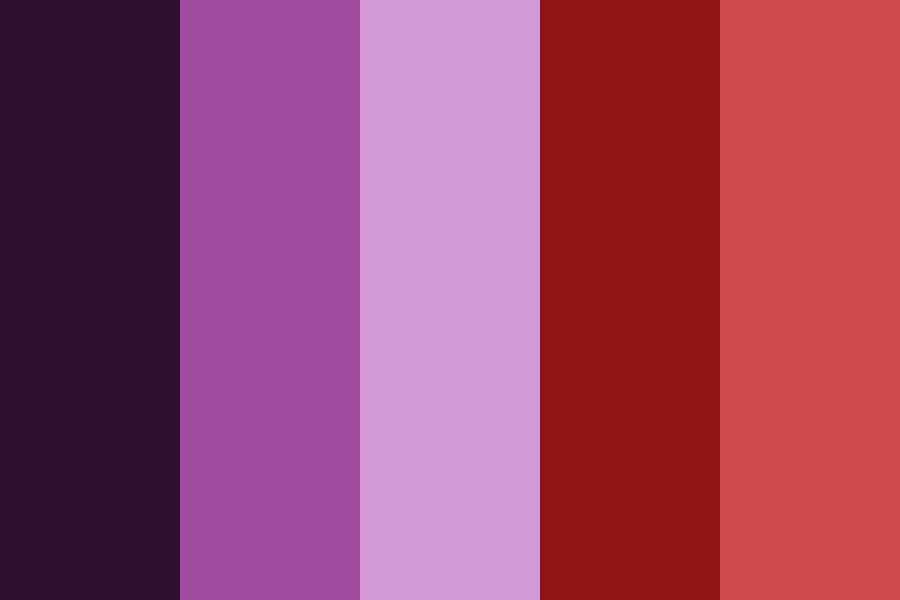

Users may use or create their own Scriptable Brushes which become available from the drop-down menu. Propertyĭisplays the currently assigned script Asset that provides a fixed set of APIs for Tilemap painting. Use the Brush drop-down menu to change the active Brush from the ‘Default Brush’ to other Brushes, such as Scriptable Brushes. To expand it, drag the bottom toolbar A row of buttons and basic controls at the top of the Unity Editor that allows you to interact with the Editor in various ways (e.g. You can use it to change the current active Brush and its properties. More info See in Glossary is at the bottom of the Tile Palette window. The Active Brush inspector A Unity window that displays information about the currently selected GameObject, asset or project settings, allowing you to inspect and edit the values. Select and drag the mouse over multiple Tiles Use the following shortcuts and actions to navigate the Palette window and began picking Tiles to paint on the Tilemap in the Editor window.

New Tile Assets are generated in the selected save location, and the Tiles are placed on the grid of the active Tile Palette window. The newly created Palette is automatically loaded in the Tile Palette window.ĭrag and drop Textures or Sprites from the Assets folder onto the Tile Palette, and choose where to save the new Tile Assets when prompted. Select the folder to save the Palette Asset file into when prompted. Name the newly created Palette and select the desired settings, then select the Create button. Set the XYZ values for the sorting axis, if the Sort Mode is set to Custom Axis Sort. Select this mode to sort objects based on their distance along a custom axis. Select this mode to sort Renderers based on the direct distance from the camera to a Renderer in the Tile Palette. More info See in Glossary to a Renderer in the Tile Palette. The output is either drawn to the screen or captured as a texture. Select this mode to sort Renderers based on the perpendicular distance from the camera A component which creates an image of a particular viewpoint in your scene. This mode is determined by the Graphics Settings of the project. Select this option to input custom size values.ĭetermines the transparency sort mode of Renderers in the Tile Palette. If there are multiple Tiles, the Cell Size is adjusted to match the first Tile from the bottom left of the Palette, so that it fits exactly on a cell. More info See in Glossary used to create the Tile Assets. If you are used to working in 3D, Sprites are essentially just standard textures but there are special techniques for combining and managing sprite textures for efficiency and convenience during development. See in Glossary and based on the size of the Sprite A 2D graphic objects.

To use a different scale, set the Scale Factor in the Import Settings when importing assets. The Cell Size is automatically set in Unity units The unit size used in Unity projects. The size of a cell that the Tiles are painted on. Refer to the documentation on Hexagonal Tilemaps for more information. Select the type of Hexagonal Tilemap that the Palette will be used to paint on. * Hexagon Type (only available when the Hexagon Grid type is selected) Refer to Creating a Tile Palette for an Isometric Tilemap for more information. Select this when creating a Palette for a Isometric Z as Y Tilemap. Select this when creating a Palette for a Isometric Tilemap. Select this when creating a Palette for a Hexagonal Tilemap. Select this if creating a Palette for the default rectangular Tilemap A GameObject that allows you to quickly create 2D levels using tiles and a grid overlay. Select the Grid layout the created Tile Palette will be used to paint on. Provide a name for the created Tile Palette Asset. It contains the different property settings and options available when creating a new Palette: Select the Create New Palette option from the drop-down menu.Īfter selecting the option to create a new Tile Palette, the Create New Palette dialog box becomes available. Select the Create New Palette option to create a new Palette. Select the New Palette drop-down menu to open a list of Tile Palettes available in the Project, or for the option to create a new Palette. The Tile Palette window is empty by default.
TIME PALETTE DOWNLOAD
If so, download the 2D Tilemap Editor package from the Package Manager. If you do not have this option, then the 2D Tilemap Editor package may not be installed. To create a Tile Palette, open the Tile Palette window by going to Window > 2D > Tile Palette. Place a selection of Tiles onto Tile Palettes so that you can pick Tiles from the Palette to paint on Tilemaps.


 0 kommentar(er)
0 kommentar(er)
